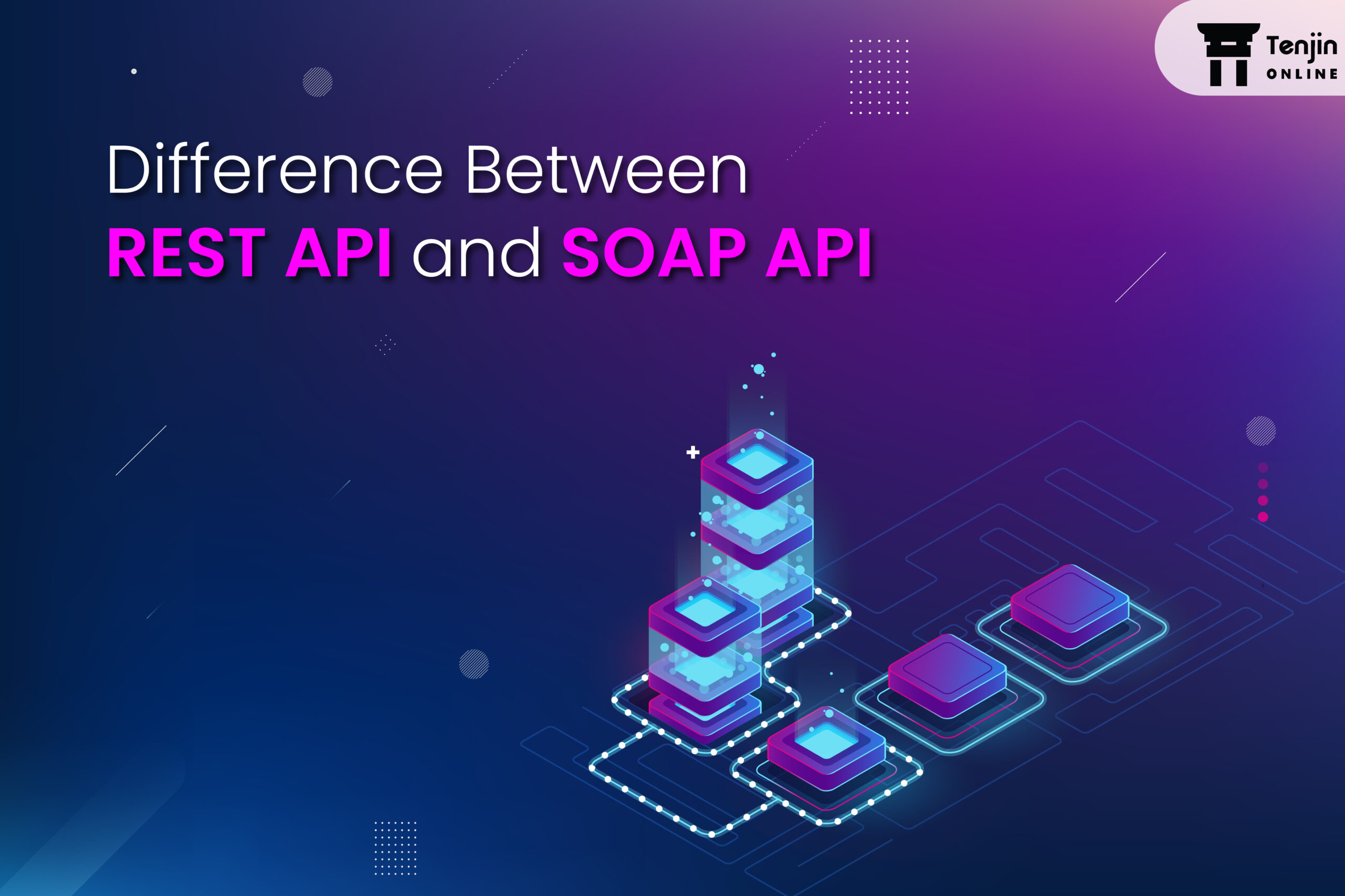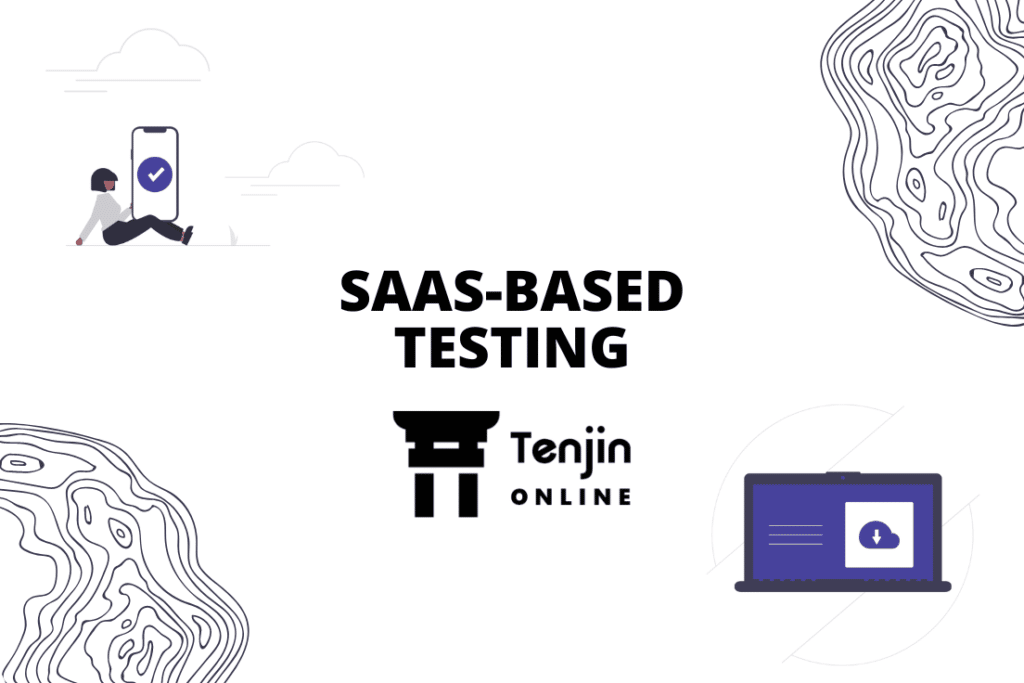
In the world of web development, application programming interfaces (APIs) play a crucial role in facilitating communication between different software systems. They allow developers to interact with external services, retrieve and manipulate data, and build complex systems by leveraging the functionalities provided by other applications. Based on the architectural styles, APIs are widely adopted as REST (Representational State Transfer) and SOAP (Simple Object Access Protocol).
Both REST and SOAP APIs serve the purpose of enabling data exchange, however, they differ significantly in their design principles, functionality, and implementation. In this article, we will understand REST and SOAP APIs, delve into a comparative analysis, and shed light on their strengths and use cases.
What is SOAP and REST API?
SOAP is a protocol that defines a set of rules for structuring and exchanging messages between software applications over a network. It relies heavily on XML (eXtensible Markup Language) for message formatting and employs a strict set of standards for communication. SOAP APIs are based on a contract-first approach, where a Web Services Description Language (WSDL) document defines the structure and functionality of the API.
On the other hand, REST is an architectural style that emphasizes a simpler and more lightweight approach to building APIs. REST APIs are based on a set of principles that encourage the use of standard HTTP methods (GET, POST, PUT, DELETE) to perform operations on resources represented by URLs. REST APIs typically exchange data in widely supported formats such as JSON (JavaScript Object Notation) or XML, although JSON has become the standard due to its simplicity and ease of use.
Difference Between REST and SOAP APIs
When comparing REST and SOAP APIs, several factors come into play. Key differences between REST and SOAP APIs are listed below:
Parameters | REST API | SOAP API |
Architectural Style | REST is an architectural style that emphasizes a stateless, client-server communication model. It utilizes standard HTTP methods such as GET, POST, PUT, and DELETE to perform operations on resources. REST APIs are designed around resources that are identified by unique URLs. It follows a lightweight approach, making it more scalable and easier to implement. | SOAP is a protocol-based messaging framework that employs XML (Extensible Markup Language) for message formatting and relies on additional protocols like HTTP, SMTP, or TCP for transport. SOAP APIs are built using the Web Services Description Language (WSDL), which defines the operations, input/output parameters, and the structure of the SOAP messages. SOAP is more heavyweight compared to REST and includes additional layers of complexity. |
Message Format | REST APIs typically use lightweight data interchange formats such as JSON (JavaScript Object Notation) or XML for message payloads. JSON has gained popularity due to its simplicity, readability, and ease of parsing in various programming languages. The flexibility of JSON allows developers to structure data efficiently and transmit it over the web. | SOAP APIs use XML as their message format. XML provides a standardized way to structure data, but its verbosity and complex syntax make it less human-readable compared to JSON. SOAP messages include a SOAP envelope that wraps the actual payload, along with additional headers for security, error handling, and metadata. While the use of XML makes SOAP more extensible, it also adds overhead in terms of processing and bandwidth. |
Transport Protocol | REST APIs predominantly use HTTP as the underlying transport protocol. They leverage the existing infrastructure and benefits of HTTP, such as caching, authentication, and encryption. REST APIs can be easily consumed by any client capable of sending HTTP requests and interpreting the responses. They also support stateless communication, enabling scalability and load balancing across servers. | SOAP APIs can use a variety of transport protocols, including HTTP, SMTP, or TCP. However, the most common choice is HTTP due to its widespread adoption. SOAP messages are typically sent over HTTP using POST requests, which may require additional configuration and network settings. SOAP’s reliance on XML and the need for a separate XML parser can make it less performant compared to REST. |
Flexibility and Interoperability | REST APIs are designed to be flexible and provide loose coupling between clients and servers. They allow developers to work with various data formats and have the freedom to choose the most appropriate HTTP methods for different operations. REST APIs are highly interoperable and can be consumed by a wide range of clients, including web browsers, mobile applications, and other web services. | SOAP APIs are more rigid and rely on strict adherence to the defined contract provided by the WSDL. This makes them less flexible in terms of supporting different data formats or HTTP methods. However, SOAP excels in scenarios where strong typing, formal contracts, and extensive error handling are required. SOAP APIs offer advanced features like message-level security and reliable messaging, making them suitable for enterprise-level integrations. |
Development and Tooling | REST APIs have gained popularity due to their simplicity and ease of development. They align well with the principles of modern web development and leverage existing HTTP concepts. There are numerous tools and frameworks available for building REST APIs, such as Express.js, Django, and Spring Boot. The abundance of libraries and extensive documentation makes REST API development a straightforward process. | Developing SOAP APIs involves working with complex tooling and frameworks that support WSDL generation, XML parsing, and protocol-specific configurations. Libraries like Apache Axis, Apache CXF, and .NET Framework provide the necessary components for building SOAP-based services. However, the learning curve and development overhead associated with SOAP are generally higher compared to REST. |
Complexity | REST APIs are lightweight and follow a simpler and more intuitive design philosophy, making them easier to develop, understand, and consume. However, REST’s simplicity means that it lacks some of the advanced features provided by SOAP, such as built-in error handling and formalized service contracts. | SOAP APIs tend to be more complex and heavyweight due to the strict adherence to standards and the extensive use of XML for message formatting. This complexity can make SOAP APIs more difficult to implement and maintain. |
Conclusion
The choice between REST API and SOAP API depends on the specific requirements of the project. REST API is well-suited for lightweight, scalable, and loosely-coupled systems, whereas SOAP API is perfect for situations that demand strict contracts, advanced security, and reliable messaging. By understanding the differences outlined above, one can make an informed decision and select the most appropriate API architecture for the application. Ultimately, understanding the strengths and weaknesses of SOAP and REST APIs will empower developers to make informed decisions when designing and implementing APIs in their software projects.


